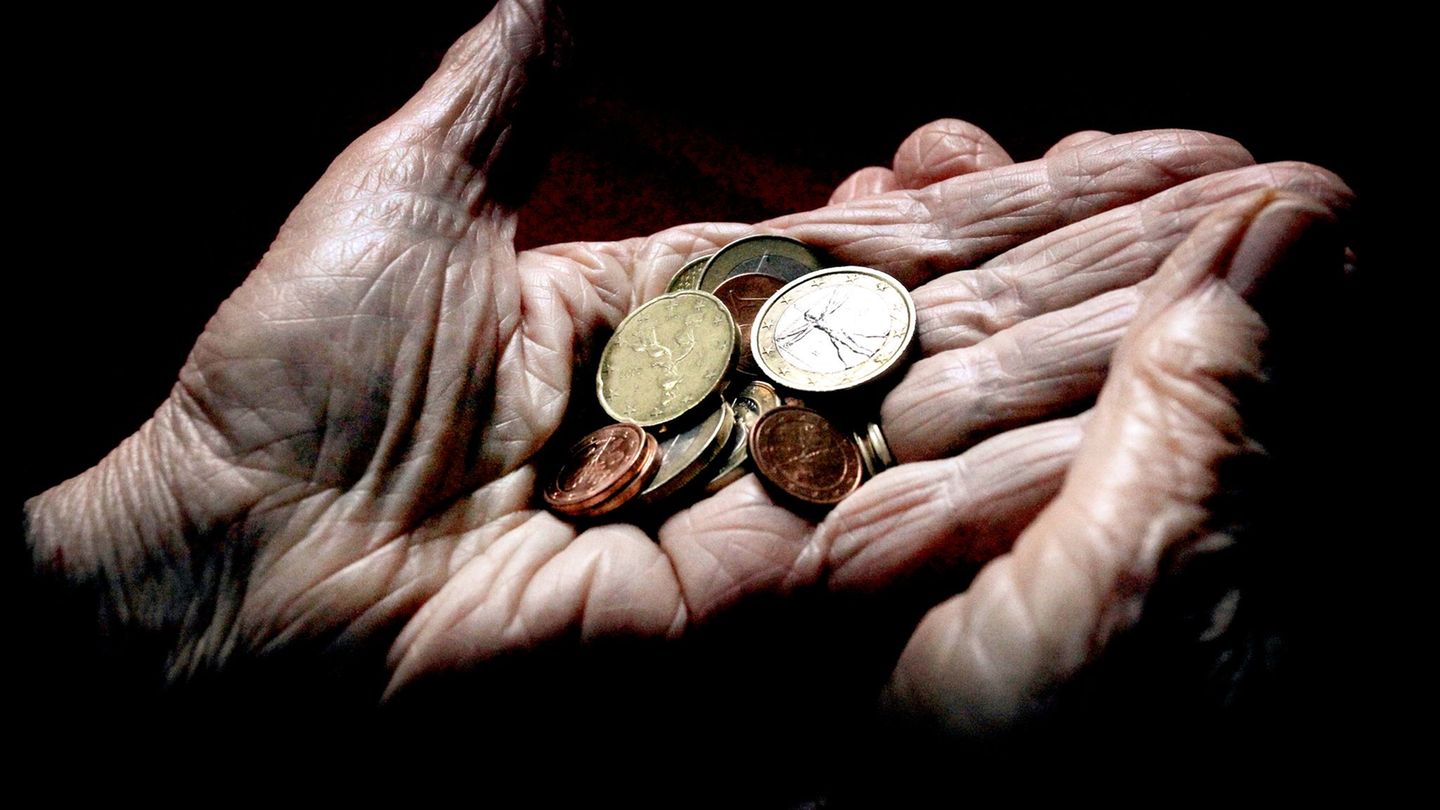I have been working in the news industry for over 6 years, first as a reporter and now as an editor. I have covered politics extensively, and my work has appeared in major newspapers and online news outlets around the world. In addition to my writing, I also contribute regularly to 24 Hours World.
Menu
Social: Study: More people live in poverty due to high housing costs
Categories
Most Read
Situation at a glance: Trump: Delivery of Tomahawk weapons to Ukraine possible
October 13, 2025
No Comments
Trump threatens Putin with Tomahawk delivery to Ukraine
October 13, 2025
No Comments
Domestic political crisis: France’s new government starts a turbulent week
October 13, 2025
No Comments
Gaza ceasefire: Ceasefire in Gaza – Will peace return to the Middle East?
October 13, 2025
No Comments
France: New government in place, but problems remain
October 13, 2025
No Comments
Latest Posts

Reports: Hostage handover in the Gaza Strip has begun
October 13, 2025
No Comments
Image: MENAHEM KAHANA (APA/AFP/MENAHEM KAHANA) Image: (APA/AFP/AHMAD GHARABLI) This article was updated at 7:33 a.m. Several Israeli media outlets reported early on Monday that seven

Klingbeil praises Trump on “Caren Miosga”: “Without him this wouldn’t have happened”
October 13, 2025
No Comments
“Caren Miosga” “Without him this wouldn’t have happened”: SPD leader Klingbeil praises Donald Trump Listen to article Copy the current link Add to wishlist Cheers

Cash: Only cash is real in Europe. The situation in the morning
October 13, 2025
No Comments
morning star Only cash is truth Listen to article Copy the current link Add to wishlist Why cash is becoming popular again in Europe. When
24 Hours Worlds is a comprehensive source of instant world current affairs, offering up-to-the-minute coverage of breaking news and events from around the globe. With a team of experienced journalists and experts on hand 24/7.

